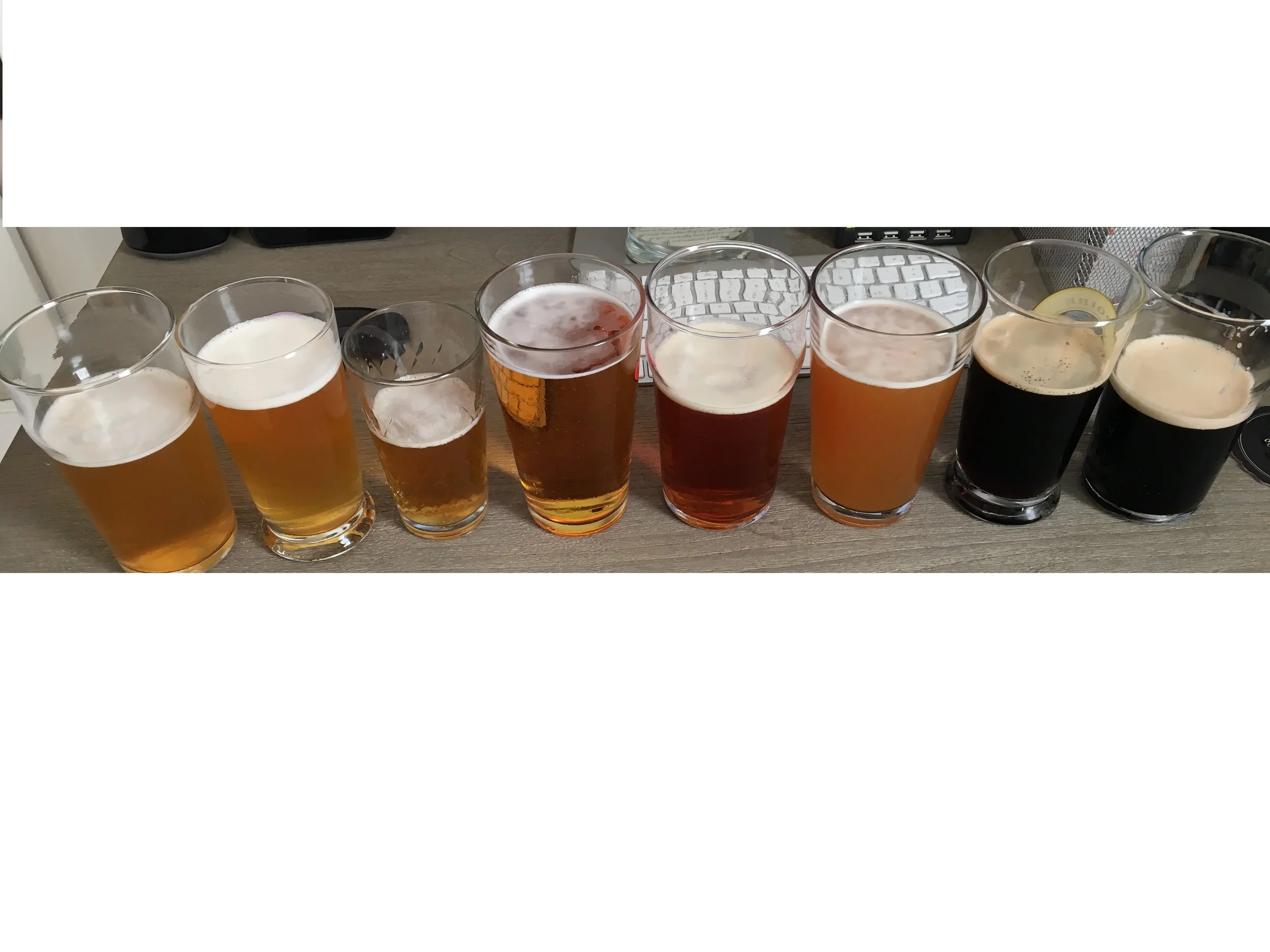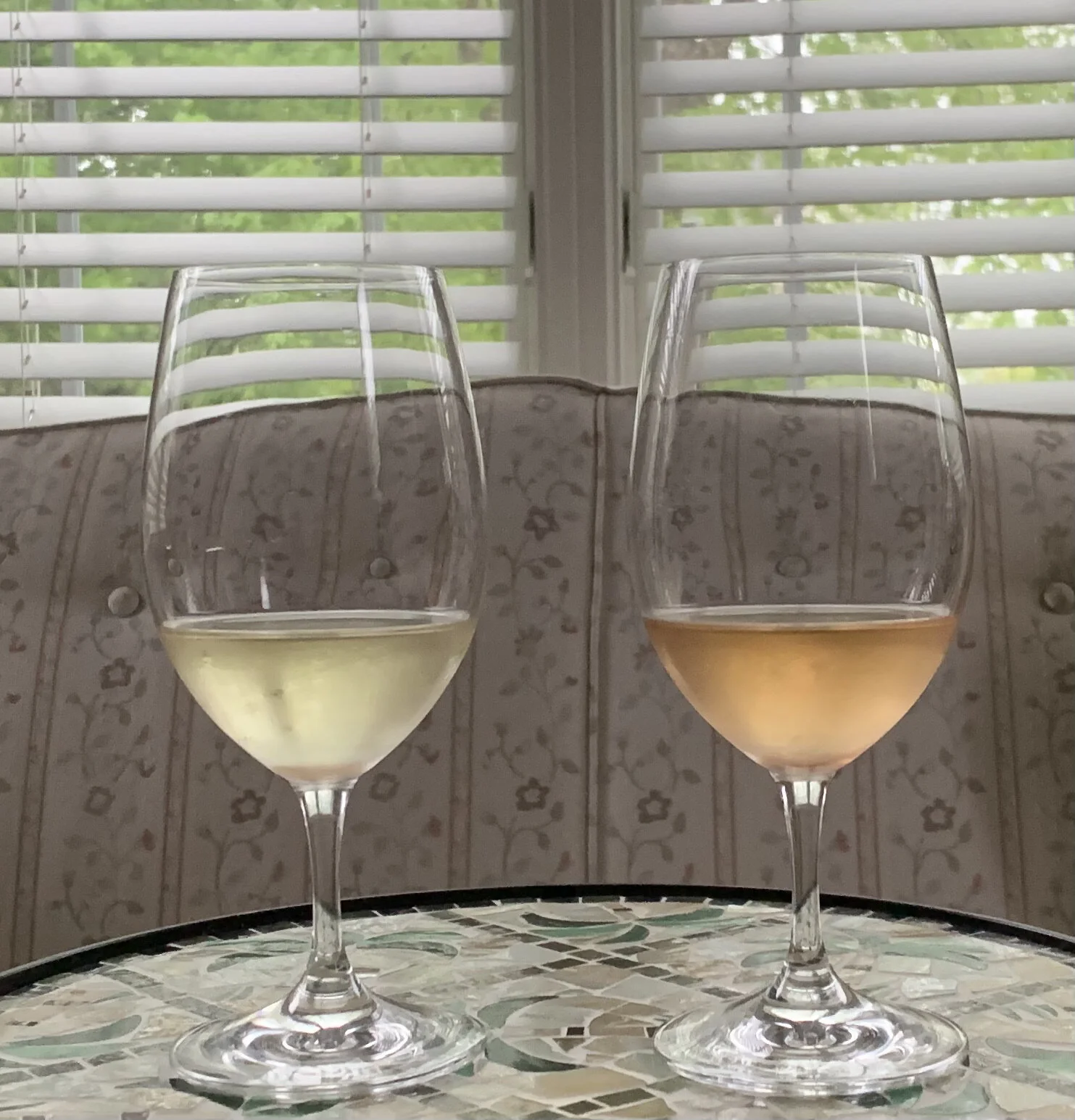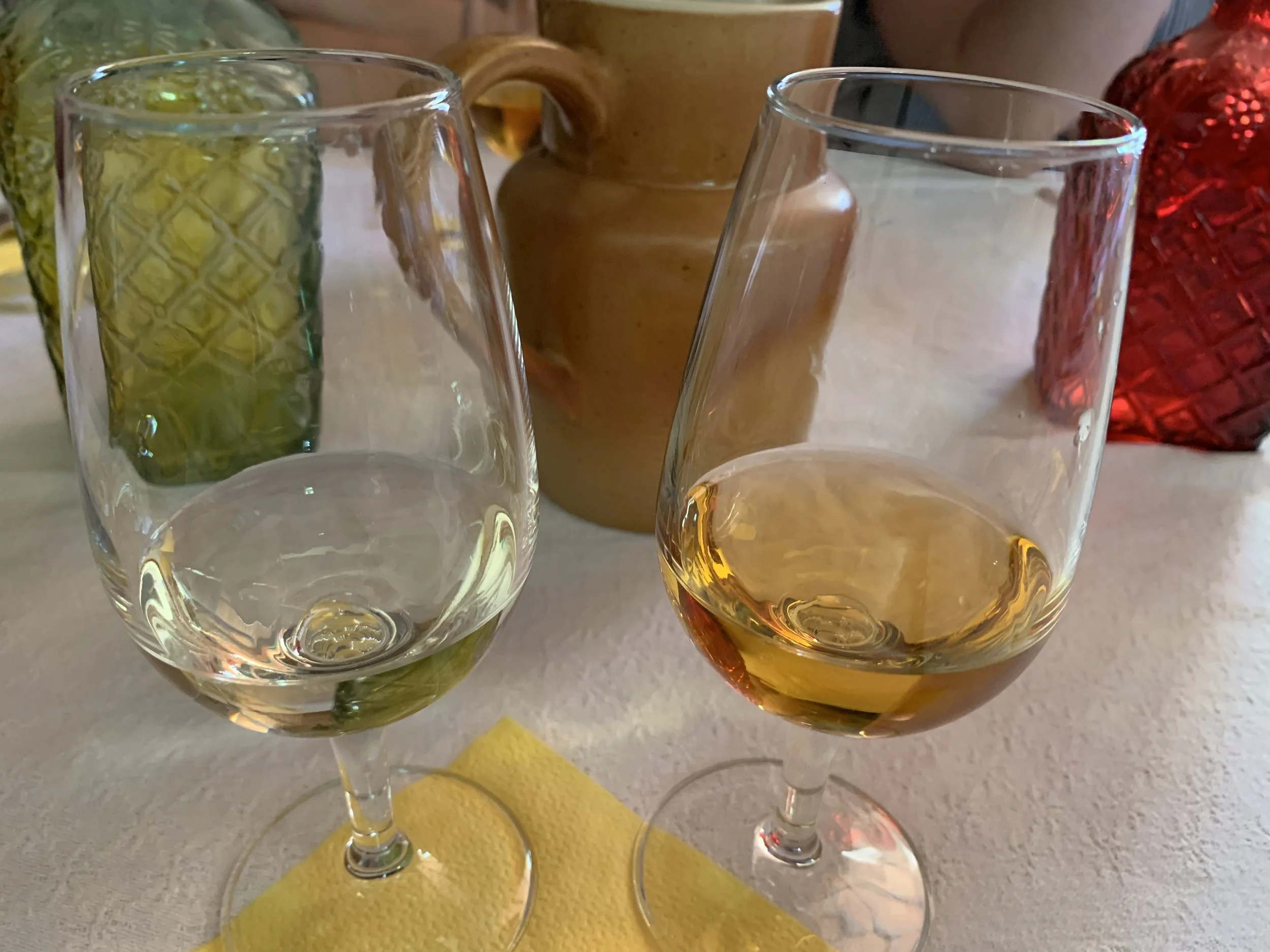A Broad Spectrum of Beer
Depending on your level of knowledge or experience, beer as a category can seem one dimensional. Most of us started our beer journey with cheap lagers in college. For many of us that is still our relationship with beer today. If you keep an open mind and explore, there is an amazing, diverse world of beer for the drinking.
Based on a Master Sommelier’s recommendation I began to explore beer in depth starting with eight classic styles. German Hefeweizen, Belgian-style Wit, Belgian Saison, Czech-style Pilsner, American Pale Ale, American IPA, English Porter, and Irish Dry Stout. These beers are a small section of what exists in the market. There will always be more styles to try and learn about. Eight glasses/styles of beer are a great starting point. Don’t forget a spit cup!
The color spectrum of these different beers is amazing. Pale straw, amber hued, and chocolate brown, with everything in between. In the world of beer color is represented by corresponding numbers. Standard Reference Method or SRM captures the color of a beer within the numbers of one through forty. The color of the beer itself comes from the roasting level of the malt. Color, as with wine, is an indicator of what beer is in your glass. It’s also a clue to the flavor of the beer.
The first two beers are hazy. The weren’t filtered. Despite the light color of the beers reading through them would be impossible. The styles are German Hefeweizen and Belgium-style Wit. These beers have different flavor profiles. The common denominator is large portions of wheat. Barley, another major grain used in making beer, breaks down easily but wheat does not. The German Hefeweizen shows aromas of clove, banana, and bubble gum. It is refreshing and easy drinking. My husband calls it a breakfast beer. The Belgium-style Wit is made with coriander and orange zest. Because of the flavor that the orange zest offers many people are tempted to add an orange wedge. Don’t do it. The juice will ruin the carbonation. Enjoy its honeyed wheat, citrus notes, and tart finish unadulterated.
Speaking of carbonation. The Saison or Farmhouse Ale is up next. It is highly carbonated, fruity, and spicy. Historically this style was given to fieldworkers to help keep their energy up during the busy season. The city of Pilsen in the Czech Republic is were the Pilsner was created and where its name was derived. This is the style that tastes the most like beer. Stylistically it has the most in common with the American lager in most households across the country. It is light and crisp with a hint of floral character. Perfect for a hot day.
Next came the big guns, an American Pale Ale and an American IPA. Every brewery uses a different level of hops, the main focus of these beers. Hops add bitterness to the beers. For these two styles it is important to compare and contrast them using the same brewery. The American Pale ale offers notes of bread, fruit blossoms, and citrus. The bitterness is apparent but not overwhelming. The American IPA offers zest and pith of grapefruit with bitterness as the focal point of the beer.
The final beers are the English Porter and the Irish Dry Stout. Looking at the dark brown beers the assumption is they are heavy. Quite the contrary! Both styles are surprisingly light and refreshing. The English Porter is toasty, nutty, and has a great caramel flavor. Coffee, dark chocolate, and a creamy mouthfeel are the markers for the Irish dry stout.
Eight styles of beer offered a deliciously wide spectrum. I found styles that will be incorporated into my beer rotation that I assumed I didn’t like. While opening eight beers at once is a hefty project, it expanded my knowledge-base exponentially. My recommendation is when setting up a tasting like this at home make sure you have one or two friends around to help you drink what is left after the tasting. And don’t forget the spit bucket.





